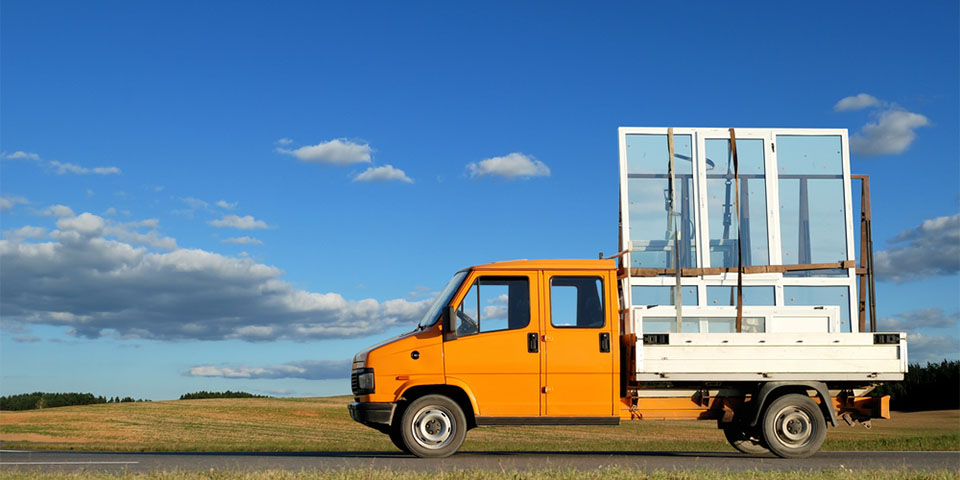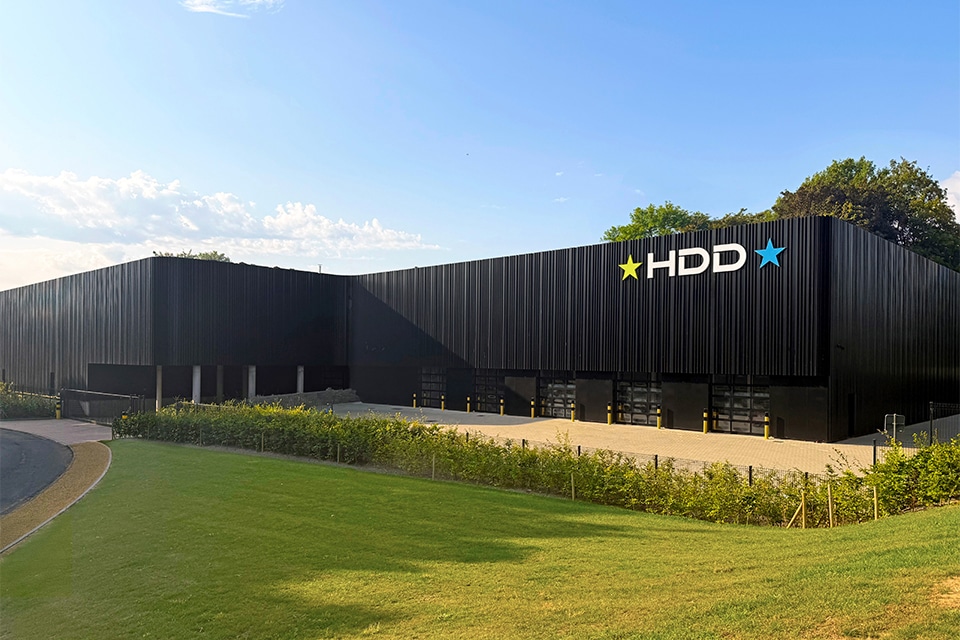
Save time and money with optimal buck management
Every joinery that has its own buckets knows the problem: where did they all go? Even if you yourself regularly receive buckets from your suppliers, you know that managing-or better not managing-can cost you time and money. That's why a specialized function within your ERP software package is more than useful.
How do you proceed?
Register your bucks
Start by creating and registering your own bucks with a unique identification code. Do the same for incoming bucks from suppliers.
Clearly state what is on the buck
Single parts, the complete order, an order spread over several trestles or several (small) orders for the same customer together on one trestle. It should also be possible to indicate if a part is longer than the buck so that it can be taken into account when planning the transport.
Give each buck a status
The buck may be free or already (partially) loaded with products, but still inside the company. The same can happen at the yard: the trestles are still loaded or they have already been reported free by the placement crew and can be picked up from then on.
Organize transportation
The loaded trestles are put on transport: routes can be organized according to postal codes or regions, among others, and according to the capacity of the truck. During a route, "empties" can be taken along. Once they are back in the company, they can be used again for the next order.
How to locate bucks?
Attaching a barcode, a QR code or even a digital tag to your bucks can help identify them faster. The better, but slightly more expensive for now, solution is to attach a GPS Tracker to them so you can query where they are at any time.
Extra convenient is that you can see on a map in one overview where bucks are located: green dots for free, red for those that are still full. Routes can then be created during planning to optimize delivery and collection, saving a lot of time and money this way. Your software package should be able to help you with this.
Wondering how this can be done in practice ? A phone call will suffice.



